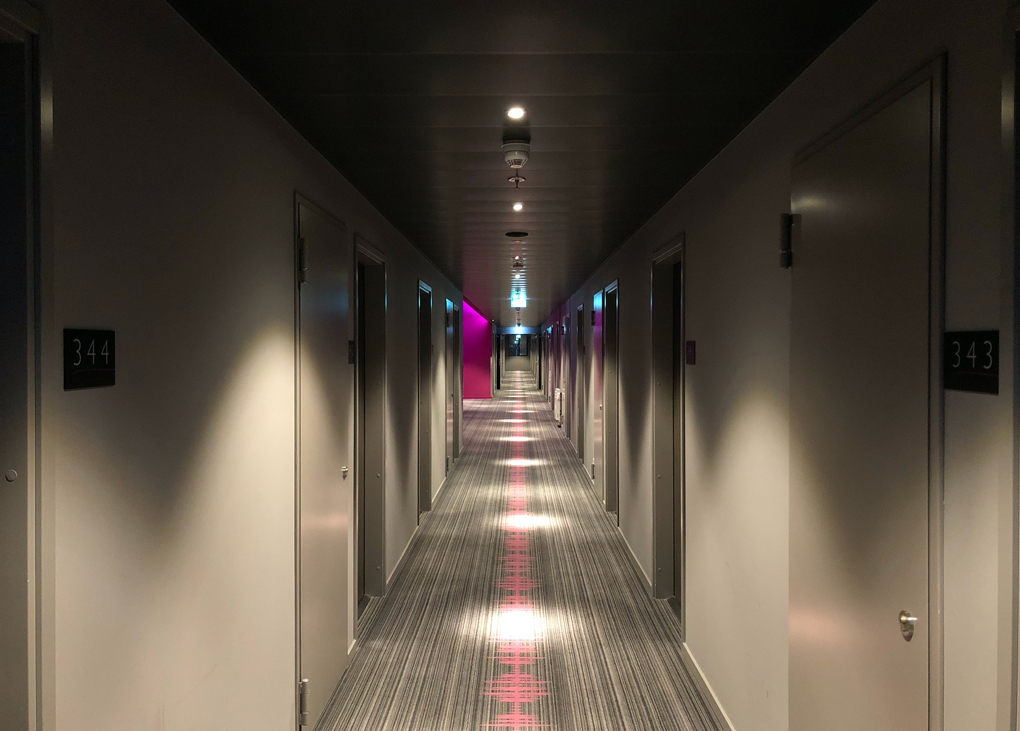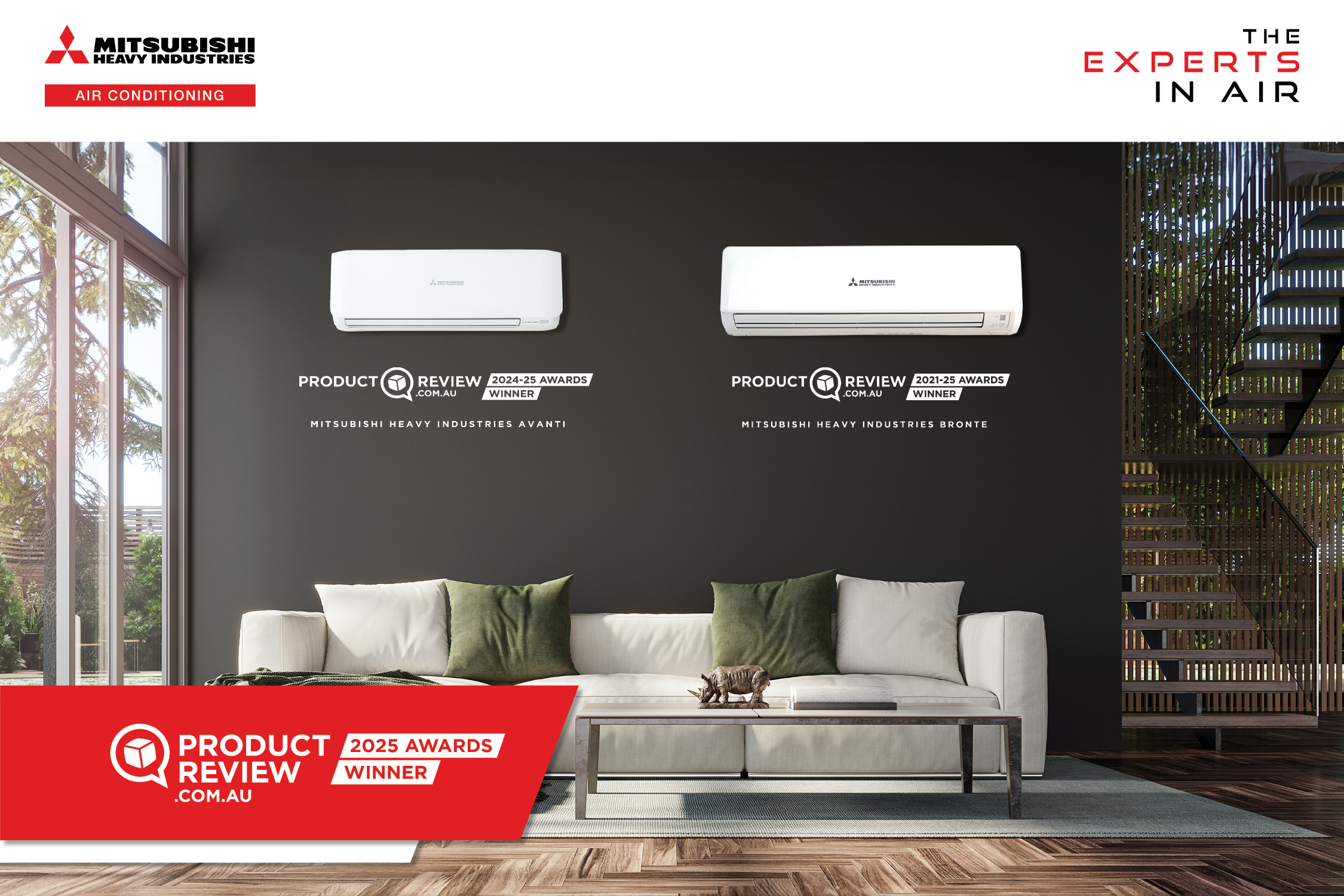The Victorian government is conducting a review of hotel ventilation and air conditioning systems amid an increase in COVID-19 cases linked to quarantine. The situation has raised further concerns about the suitability of hotels as quarantine facilities, and the role of airborne transmission in spreading the virus.
The Australian hotel quarantine system has registered outbreaks in Adelaide in November 2020, in Brisbane in January, and in Perth and Melbourne in February. In the past week there have been several cases of COVID-19 transmission across three Victorian quarantine hotels, including various cases of the more infectious UK strain. There has also been a confirmed case of guests in one room contracting an identical strain from guests in a separate room – pointing to some form of airborne transmission.
Emergency Services Minister Lisa Neville has said the “working assumption” was that the viral load of one group was so high, the virus had travelled through the hotel corridor when the guests had opened their doors for food or laundry services. More recently, Chief Health Office Brett Sutton speculated that a nebuliser used by a guest may have led to another incident of transmission.
Authorities are now conducting a complete review of hotel air conditioning and ventilation.
What can HVAC&R experts tell us?
Commonplace air conditioning and ventilation design in high-rise hotel rooms consists of a fan coil unit over the entrance area or bathroom supplied with outdoor air introduced via openable windows, or ducted down the corridor. Air is exhausted from the bathroom and, because exhaust generally exceeds supply, this creates negative pressure in the room.
However, there are a host of factors that may cause air in the room to mix with air in a corridor when the door is opened.
Simon Witts, M.AIRAH, is principal engineer for LCI consultants and worked with the Victorian Health and Human Services Building Authority (VHHSBA) on the engineering guidelines for healthcare facilities released last year. He notes that hotel rooms may have net negative airflow, but this is very different to negative pressure systems rooms found in hospitals.
“There are many factors involved in whether air moves between two spaces,” says Witts. “For example, thermodynamic differences. If someone has their room at 18°C and the corridor is at 24°C, cold air comes out at the bottom of the open door and is replaced by warm air at the top.” He adds that this would depend on the magnitude of temperature differences.
Witts also notes that airflow within the rooms may be affected by a closed door to the bathroom, or even more radically by an open window or balcony.
“If we’ve got COVID-19 positive people in a room with a balcony, I wouldn’t want to be on the same floor,” says Witts.
Additionally, Australian Standard AS 1668.2 limits the negative pressures to 12Pa to prevent contaminants coming from undesirable locations when the source of makeup to the bathroom exhaust is incorrect. This will not be enough to stop air mixing when the door is opened.
Finally, Witts stresses that all hotels will be different.
“Buildings are a dynamic beast. Different system designs, ages and different construction mean the façades leak at different rates, which also affects the mixing of air between rooms and corridors.”
Fit for purpose?
Given the growing list of outbreaks, some have questioned whether hotels are appropriate for quarantine facilities.
Brett Fairweather, M.AIRAH, a mechanical engineering consultant from It’s Engineered, echoes those concerns.
“Any adaption of a hotel to provide quarantine capabilities will be a compromise to some extent, and limitations are likely to be specific to each building,” he says. “These facilities were built as hotels, not quarantine facilities. As I’ve said to a few people lately, my bicycle also performs poorly as a boat.”
Fairweather suggests that a new classification for quarantine facilities might fit well somewhere in the National Construction Code.
He also points out that hotel systems may not be working as intended.
“Experienced HVAC practitioners would be aware that if the design, commissioning and maintenance of a hotel room’s bathroom exhaust did not prevent the exhaust air from being replenished from the corridor, then there is a high likelihood that contaminants from the corridor would be drawn into a hotel room – potentially including SARS-CoV-2.
“Initial commissioning and ongoing maintenance of hotel exhaust systems are often lacking,” he says. “Getting this up to scratch should be a starting point in any project. It will improve the chances of expected outcomes following the introduction of other supplementary measures. Experienced HVAC practitioners are likely to have good advice to support owners in these endeavours.”
Although the current Victorian review is looking at both ventilation and HVAC systems, there is a significant difference between them. Centralised HVAC systems, commonly found in hotels, condition and transport air through a system of vents, ductwork, filters and other obstacles that would be more likely to trap particles. At this stage, there are no confirmed cases of COVID-19 spreading through such a system.
Premier Daniel Andrews, when asked whether hotel quarantine was in fact viable given the recent cases, would only recognise that there are challenges.
“Hotel quarantine if we are indeed dealing with a hyper-infectious aerosolised virus, an airborne transmission challenge, is very very difficult,” said Andrews.



Leave a Reply